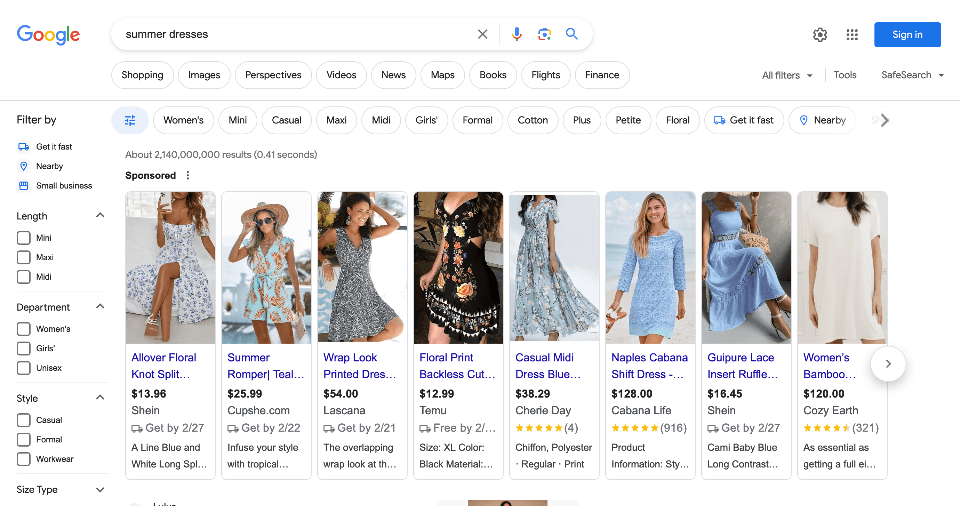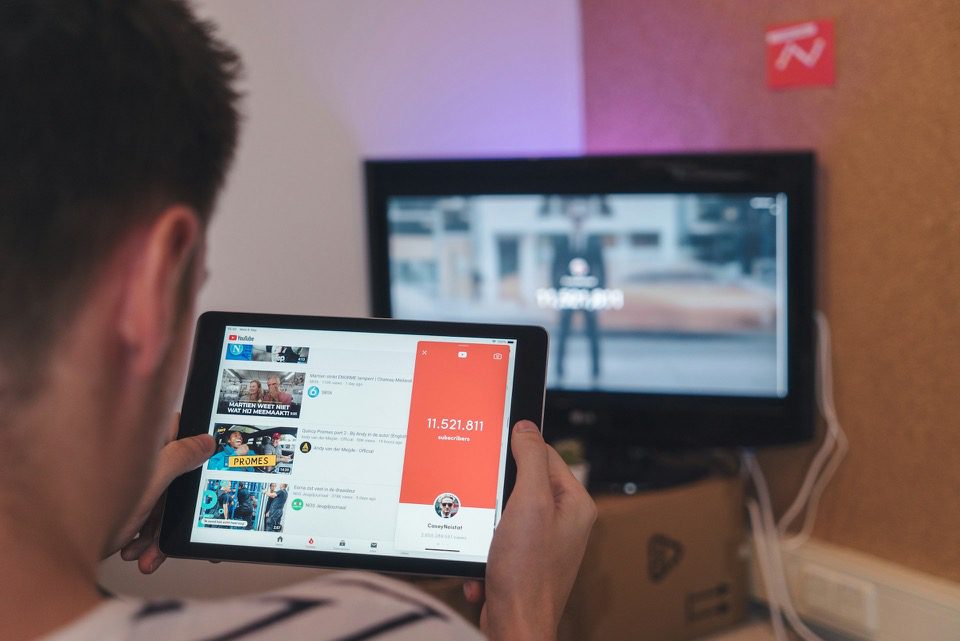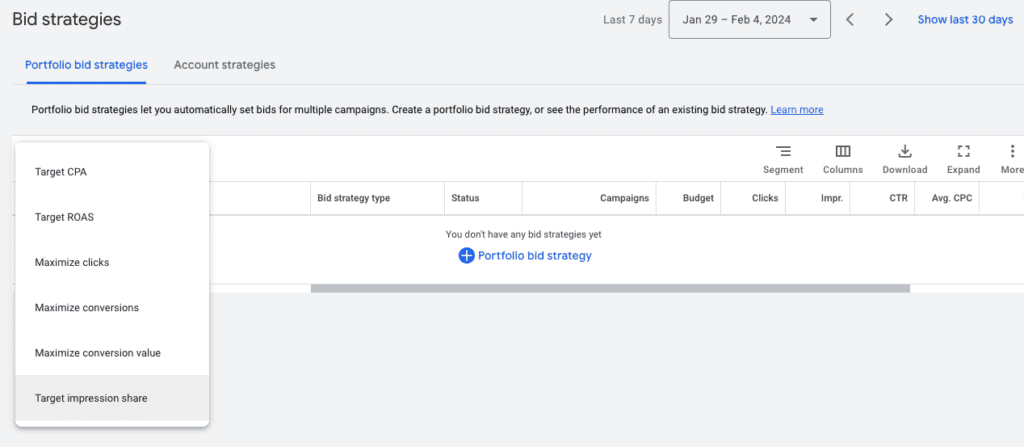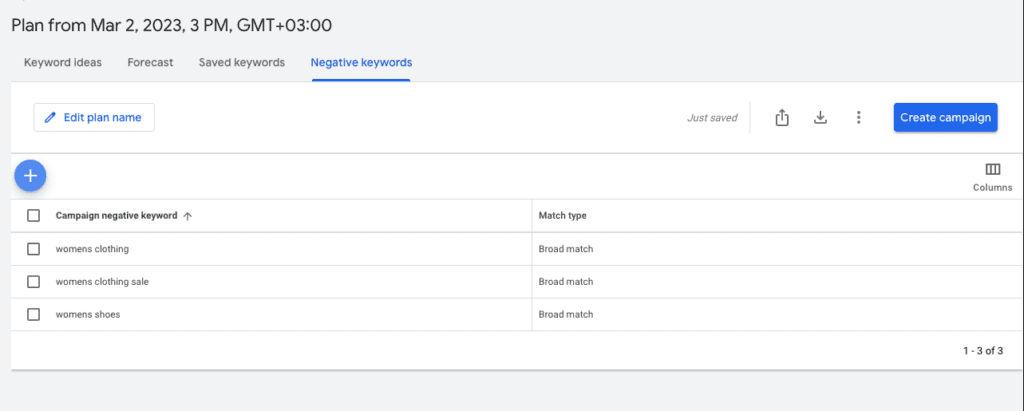
Google Ads are unquestionably essential in any digital marketer’s toolkit. They power campaigns with precision and scale that few platforms can match, enabling businesses of all sizes to connect with their customers online effectively.
However, using Google Ads doesn’t guarantee your message will reach your customer. The real magic happens when businesses harness its capabilities to create campaigns that resonate and convert while getting the most out of their Ad spend.
The platform’s recent updates promise to enrich it this year. Google Ads in 2024 will be enhanced by tools like artificial intelligence (AI) to offer sharper insights and more efficient targeting capabilities than ever before.
This enhancement presents marketers with a unique opportunity and challenges to take their Google Ads strategies to new levels of effectiveness and maximize their ROI.
Let’s take a look.
Table of Contents
A Quick Primer on Google Ads and the Crucial Quality Score
Google Ads bridges businesses and their potential customers by placing ads strategically on Google’s extensive search and display networks. The effectiveness of these ads is heavily influenced by the Quality Score, a crucial metric that Google’s algorithm uses to analyze the relevance and overall quality of ads, keywords, and landing pages associated with a campaign.
The success of your campaign and maximizing ROI on your marketing budget are directly tied to your Quality Score because they go beyond influencing your ad’s position in search results to determining the cost-per-click (CPC), cost-per-impression (CPM), and other ad spend.
Where Does AI Come In?

Recent changes, and more that we anticipate for Google Ads in 2024, are expected to enhance the platform with AI-powered features designed to improve the accuracy of Quality Score evaluations and provide marketers with more sophisticated tools for campaign optimization.
For example, AI-driven Performance Max campaigns optimize your advertising efforts across all of Google’s channels, including search, YouTube, and Gmail. This campaign type dynamically adjusts bids and ad placements to maximize your specified goal, be it conversions, leads, or sales, by using AI to find the best mix of ad formats and channels.
Another sophisticated evolution is the Demand Gen campaigns, which leverage Google’s AI to target audiences more precisely, dynamically test and select your ad’s best-performing content, and automatically adjust bidding strategies in real-time, taking into account factors like user behavior, device, time of day, and more, to ensure maximum ROI on ad budget.
Demand Gen campaigns are another development that leverages Google’s AI. This recent upgrade to Google’s Discovery Ads dynamically tests and selects the most effective content for your ads and adjusts bidding strategies in real-time, considering factors such as user behavior, device type, time of day, and more, thus optimizing your ad budget and maximizing ROI. It also allows you to target your audience more precisely by analyzing vast amounts of data to identify patterns and insights about a potential customer’s behavior and preferences.
Integrating AI into digital advertising promises a future where marketing strategies are more data-driven, adaptive, and personalized. Leveraging these tools will unlock a world of possibilities for your business.
Strategies For Maximizing ROI on Google Ads in 2024
Getting the most out of your ad budget with Google Ads, especially with the recent AI developments, involves several strategic actions.
1. Define Your Campaign Goals

First things first: what are your ads meant to achieve? Setting clear, measurable goals for your Google Ads campaigns is crucial because it guides every decision you make.
Whether you want to increase website traffic, generate leads, or boost sales, your objectives directly influence the selection of campaign types and settings — opting for display or video ads for brand awareness, for example, or prioritizing campaigns with higher conversion rates to maximize sales.
Moreover, defining your campaign objectives helps in selecting the most appropriate targeting options (demographics, interests, remarketing lists) and bidding strategies (CPC, cost per acquisition (CPA) and Return on Ad Spend (ROAS). It ensures your ads are displayed to the right audience at the right time, maximizing the ROI of each ad dollar spent.
2. Target the Right Audience
Zeroing in on your target customer in Google Ads involves combining multiple targeting methods to create refined and practical audience segments.
In the past, marketers had to figure out the complexities of using various tools and manually consolidating customer information from multiple platforms. This process was a colossal pain and limited the accuracy and depth of Google Ad targeting capabilities.
Google Ads’ 2024 tools, like the Google Ads Data Manager, save the day by making it easy to import and synchronize customer data from multiple sources like your CRM’s information, website visitor behavior, and offline transactions.
Once uploaded, AI technology analyzes this data, using this analysis to find new users across Google’s network who share similar characteristics or behaviors with your existing customers. You can also create custom audience segments and dynamic remarketing lists that automatically update based on user behavior on your website.
Experiment with combinations to optimize your targeting strategy and reach the right people at the right time.
3. Enable Automatically Created Assets (ACAs) for Responsive Search Ads
Responsive ads have become a go-to in Google Display Ads, brilliantly adjusting their size, appearance, and message to fit into any web space seamlessly. This adaptability suits them for engaging audiences across various devices and platforms.
In 2023, Google introduced a groundbreaking feature within these ads: automatically created assets (ACAs). ACAs use AI to analyze data, experiment with various ad designs, and implement tweaks to enhance their relevance and effectiveness.
ACAs can elevate your responsive ads’ performance by reducing click-through rates and increasing conversions, ultimately maximizing the ROI of your campaign budget.
Although ACAs provide dynamic optimization for your ad creatives, they complement, rather than replace, your current assets. To achieve optimal outcomes, contribute as many versions as possible to refine and calibrate your ad’s direction. Google Ads allows you to input up to 15 headlines and 4 descriptions.
4. Test Different Bidding Strategies
Smart budgeting and bidding strategies powered by AI can help you optimize your spending and maximize ROI in your Google Ads.
One key aspect of smart bidding is its ability to adapt to market dynamics and competition. In industries where bidding is highly competitive, these strategies can be pretty helpful, as Google’s AI can analyze historical data, real-time market conditions, and user behavior to make sure that your ads are shown to the right people at the right time without overspending or missing out on valuable conversions.
But this doesn’t mean that you should leave it all to automation. Smart bidding is notorious for delivering results at the steepest price.
To avoid this, define your campaign goals and limitations before you activate smart bidding on your campaign. Determine your target CPA, ROAS, or other metrics and communicate them to the algorithm. These metrics provide a framework within which the AI can operate effectively.

Once launched, regularly review your campaign’s performance to ensure the smart bidding strategy maximizes your ROI. Monitor impressions, clicks, conversions, and costs, adjusting if you notice discrepancies or underperformance.
5. Optimize Your Landing Pages
Ads are about getting people interested enough to visit your site or social media. But if your landing pages don’t match what people were expecting, or worse, they’re poorly designed, confusing, or take forever to load, you’ve wasted all your hard work and money.
A critical step for maximizing ROI is to ensure that each landing page is directly relevant to the ad clicked and provides a seamless user experience on whatever device they use. The page’s message, design, and call to action (CTA) should be consistent with the corresponding ad.
Additionally, use clear, concise headlines, engaging content, and compelling visuals to enhance the page’s appeal while communicating your message.
Beyond web design and user experience, integrate the keywords targeted in your ad campaigns into the landing page content, including titles, headers, and body text. On the back end, your meta tags—specifically, the title tag and meta description—should also include the targeted keywords.
This congruence enhances the page’s relevance to users and search engines, a key factor in maximizing ROI.
6. Use Negative Keywords

Speaking of keyword optimization, there’s a crucial step that many marketers often neglect when refining their Google Ads campaigns: strategically employing negative keywords.
This oversight can significantly impact campaign performance, as negative keywords are just as crucial as your targeted terms. They allow you to prevent specific search terms or phrases from triggering your ads, which is particularly useful for eliminating irrelevant or unrelated searches that could potentially waste your budget and drive unqualified traffic to your website. In short, negative keywords prevent your ads from being displayed to uninterested audiences.
Conversely, negative keywords improve the relevance of your ads to the user’s search intent. This improvement, in turn, positively impacts your Quality Score, which critically influences ad ranking and cost. The fewer wasted clicks and impressions, the more spend channeled toward searches with a higher probability of converting, thus maximizing your ROI.
Get the Most Out of Your Google Ads in 2024
Google Ads are essential for businesses aiming to reach a wider audience, generate leads, and drive sales. The future of advertising is inextricably linked to advancements in AI.
If you’re eager to stay ahead in this rapidly evolving landscape, don’t go it alone. Coalition Technologies can help you leverage the latest AI-driven strategies to optimize your campaigns for results.
Reach out to us today for a comprehensive Google Ad strategy session. Our team of experts is ready to assist you in maximizing ROI on your ad spend and driving meaningful results.

